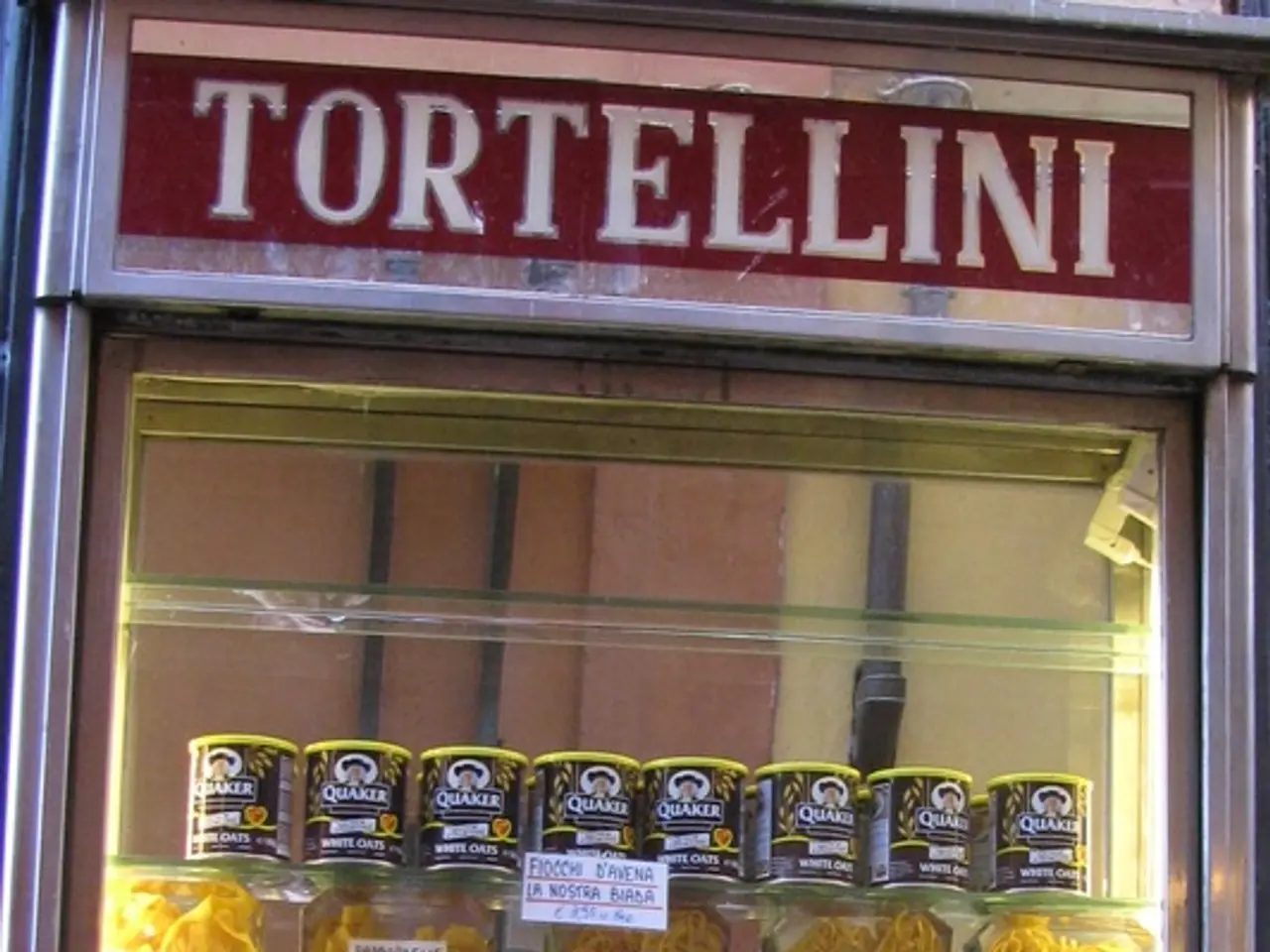Green Refrigeration Option: Solid-State Cooling as a Potential Alternative to Traditional Methods
The global cooling market, currently valued at over $272 billion per year, is projected to reach $600 billion by 2050 [1]. This growth presents an opportunity for solid-state cooling technologies, which are poised to challenge the dominance of vapor compression systems that have ruled the refrigeration market for nearly a century.
Solid-state cooling systems have the potential to achieve coefficient-of-performance (COP) scores above 10, almost double the COP of the best conventional AC systems [1]. However, the commercialization of these technologies faces several challenges.
The Rocky Mountain Institute (RMI) has identified key challenges in the commercialization of solid-state cooling technologies. These include significant efficiency losses when elastocaloric materials are fully integrated, material fatigue due to repetitive mechanical stresses, and the need to rapidly reduce costs while leveraging existing production technologies and supply chains [1].
Efficiency drop
Elastocaloric materials, a key component in solid-state cooling systems, see their performance reduced by up to a factor of three in practical systems compared to laboratory conditions [1].
Material fatigue
Both barocaloric and elastocaloric technologies face degradation challenges from repeated stretching or compression cycles [1].
Cost and production scale
Developers must design products compatible with high-volume manufacturing techniques and existing components to minimize development time, costs, and supply chain risks, facing a steep cost-reduction curve as the market evolves [1].
Despite these challenges, the opportunities for solid-state cooling technologies are substantial. The RMI study highlights the entrance of multiple academic and commercial teams investing heavily in overcoming these barriers [1].
For instance, MIMiC, a New York-based company, is developing thermoelectric solid-state systems to replace conventional packaged thermal AC units used in hotels and multi-tenant buildings [1]. Meanwhile, Magnotherm, a Germany-based company, is working on magnetocaloric refrigerators for supermarkets, grocery stores, and other retail applications [1].
The rapidly growing market interest is supported by federal and state initiatives that provide financial incentives and regulatory streamlining to accelerate cleantech, including solid-state cooling innovations [2].
Solid-state coolers eliminate the need for compressors, hoses, and other failure-prone mechanical parts, as well as the need for refrigerants, which all have very high global warming potential (GWP) [1].
In summary, the RMI study outlines technical hurdles (efficiency, material durability), economic factors (cost reduction, production scale), and supply chain integration as major challenges, while innovative company efforts and government support offer substantial opportunities for advancing solid-state cooling technologies into commercial markets [1][2].
References: [1] Rocky Mountain Institute. (2021). Innovation to Impact: Advancing Solid-State Cooling to Market - Challenges and opportunities for scaling breakthrough cooling startups. Retrieved from https://www.rmi.org/insight/innovation-to-impact-advancing-solid-state-cooling-to-market [2] U.S. Department of Energy. (2021). Solid-State Cooling. Retrieved from https://www.energy.gov/eere/articles/solid-state-cooling-technologies-could-improve-energy-efficiency-and-reduce-greenhouse-gas
- The financial incentives and regulatory streamlining, as part of federal and state initiatives, are boosting market interest in solid-state cooling technologies.
- The RMI study suggests that environmental-science, particularly in the area of data-and-cloud-computing and technology, will play a crucial role in overcoming challenges in the commercialization of solid-state cooling technologies.
- The integration of solid-state cooling technologies into the industry and business sectors could potentially reduce energy consumption by eliminating the need for commoditized vapor compression systems and their high-global-warming-potential refrigerants.
- Climate-change mitigation initiatives will benefit from the expanded use of renewable-energy resources, as solid-state cooling technologies will reduce energy consumption and carbon footprints, particularly in the energy-intensive refrigeration industry.
- Furthermore, the study highlights the potential of these technologies to revolutionize the environmental-science and business sectors by achieving COP scores above 10 and offering energy efficiency improvements over conventional AC systems.




